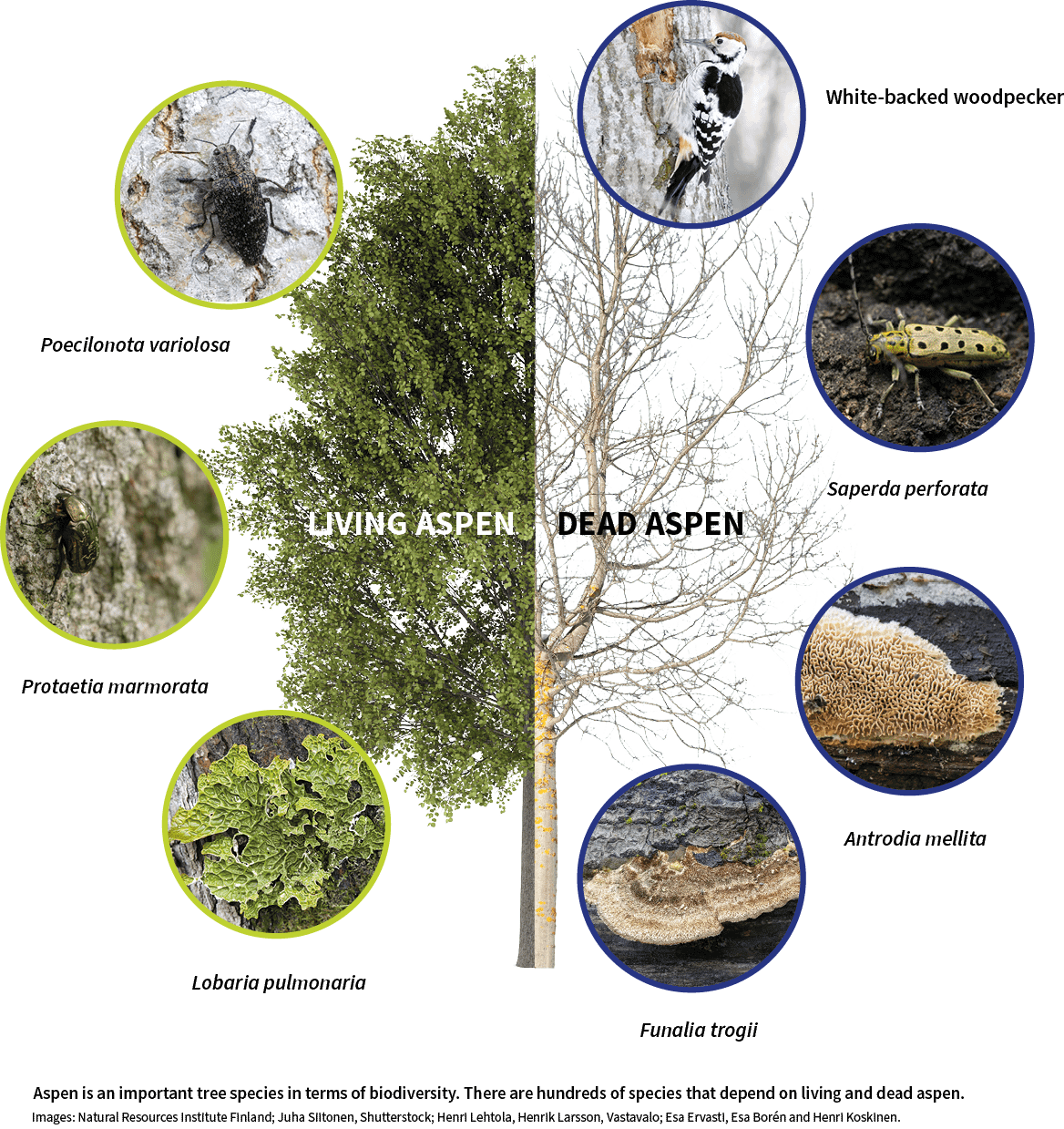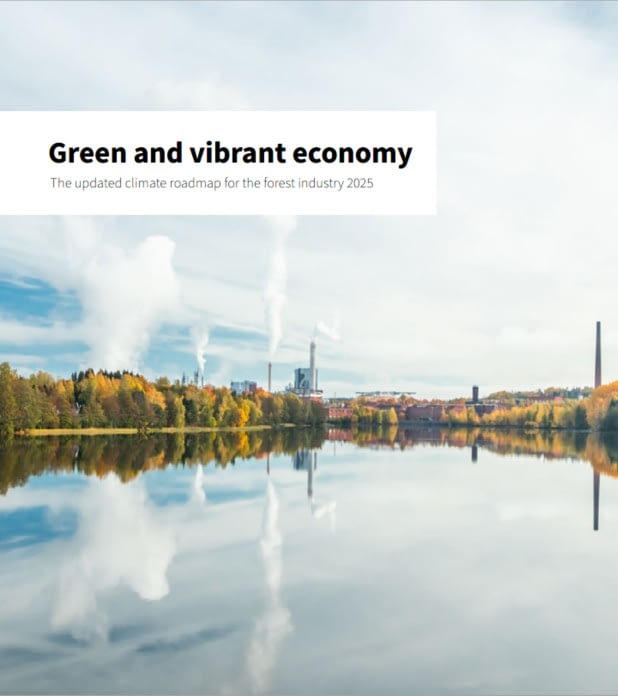Forest species benefit from introducing structural features typical of natural forests to managed forests. Safeguarding valuable habitats and increasing the proportion of old trees, dead wood and broad-leaved trees produce habitats for both the common and threatened species.
In the most recent assessment of threatened species in Finland (2019), 833 forest species (9%) were assessed as threatened. Almost half of all threatened forest species live in herb-rich forests. However, herb-rich forests account for less than two per cent of the total forest area. In addition to herb-rich forests, a large number, about 13 per cent, of threatened forest species live in sun-lit forests – in other words sunny and dry habitats – even though their total area is very small. Actions targeting these habitats can improve the status of threatened species significantly. Effective prevention of forest fires has reduced fire habitats and the species dependent on them. These species benefit from controlled burning after felling and the burning of retention tree groups.
Species have different temporal reactions to measures targeting structural features. Some of the actions affect the species almost immediately after implementation, while the positive effects of other measures will be visible only after years or decades. For example, safeguarding a valuable habitat benefits its species immediately. Valuable habitats change over time, and the species living in them also change.
Species dependent on dead wood can be maintained by sparing existing dead wood in forest management, by preparing high biodiversity stumps and by ensuring the future dead wood with the help of retention trees. For example, the decaying fungus, Trametes trogii thrives on aspen retention trees in their early stages of decay. On the other hand, increasing the habitats required by certain species dependent on dead standing pine trees requires a lot of time, as the decay of pine as a dead standing tree and then downed wood can take hundreds of years.
It is estimated that at least half of the threatened and near-threatened species in boreal heath forests can survive in forests of different ages as long as there are enough old living trees and dead wood, which are important structural features for them. Some species only thrive if they are surrounded by old-growth forests.
The effectiveness of actions to promote biodiversity can be increased by improving their quality. Actions are important to be taken in places that yield the greatest benefits. For example, leaving retention trees in groups provides better shelter for several species, compared to individual retention trees. This effect is increased by placing retention trees and protective thickets close together. In areas close to water bodies, the retention trees can be placed in the riparian buffers zones, thus promoting the habitat of species dependent on moist conditions.







